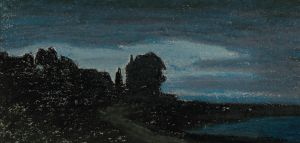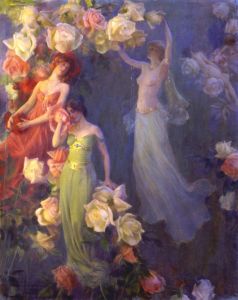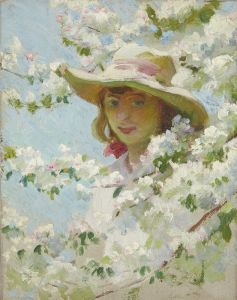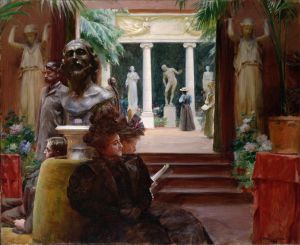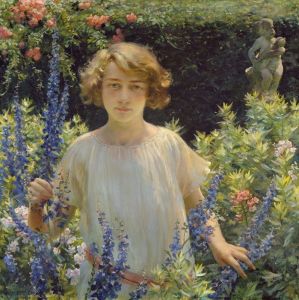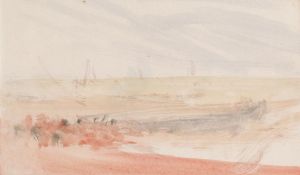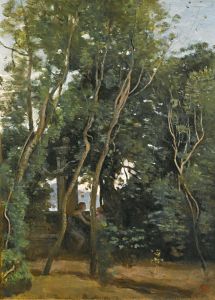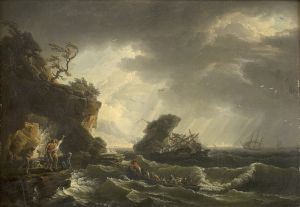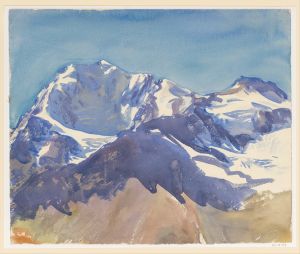
After the Storm
A hand-painted replica of Charles Courtney Curran’s masterpiece After the Storm, meticulously crafted by professional artists to capture the true essence of the original. Each piece is created with museum-quality canvas and rare mineral pigments, carefully painted by experienced artists with delicate brushstrokes and rich, layered colors to perfectly recreate the texture of the original artwork. Unlike machine-printed reproductions, this hand-painted version brings the painting to life, infused with the artist’s emotions and skill in every stroke. Whether for personal collection or home decoration, it instantly elevates the artistic atmosphere of any space.
Charles Courtney Curran (1861–1942) was an American painter known for his depictions of women in idyllic outdoor settings, often emphasizing light and atmosphere. One of his works, After the Storm, exemplifies his mastery of capturing serene and luminous moments in nature. Painted in 1913, this artwork reflects Curran's characteristic style of combining impressionistic techniques with a focus on figurative subjects.
After the Storm portrays a tranquil scene following a storm, with a young woman standing amidst a lush, sunlit landscape. The painting highlights Curran's ability to depict the interplay of light and shadow, as the clearing skies and softened sunlight suggest the passing of turbulent weather. The woman, dressed in a flowing white gown, is a central figure in the composition, embodying a sense of calm and renewal. Her presence adds a human element to the natural setting, a recurring theme in Curran's work.
Curran was associated with the Cragsmoor art colony in New York, where he spent much of his career painting outdoor scenes. His works often celebrated the beauty of the Hudson Valley and the surrounding areas, and After the Storm is likely inspired by these landscapes. The painting reflects the influence of both American Impressionism and the broader aesthetic movement of the late 19th and early 20th centuries, which emphasized harmony between humanity and nature.
The painting is notable for its delicate brushwork and attention to detail, particularly in the rendering of the woman's attire and the surrounding foliage. Curran's use of a bright, naturalistic palette enhances the sense of freshness and clarity in the scene. This focus on light and atmosphere aligns with the broader trends in American art during this period, as artists sought to capture the fleeting effects of nature and the changing seasons.
After the Storm is part of Curran's broader body of work, which often featured women in outdoor settings, symbolizing grace, beauty, and a connection to the natural world. While specific details about the painting's current location or ownership are not widely documented, it remains an example of Curran's contribution to American Impressionism and his ability to evoke emotion through his depictions of everyday moments in nature.





